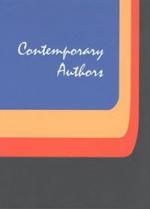|
This section contains 5,942 words (approx. 20 pages at 300 words per page) |

|
SOURCE: Green, Keith, and Jill LeBihan. “The Speaking Object: Daphne Marlatt's Pronouns and Lesbian Poetics.” Style 28, no. 5 (fall 1994): 432-44.
In the following essay, Green and LeBihan examine Marlatt's assimilation of French feminist theory and her critique of phallogocentricism in Ana Historic. The two critics also focus on Marlatt's use of interrelated narrative voices and grammatical juxtapositions to reaffirm connections between mothers and daughters, lesbian lovers, and women and history.
1. Introduction
The discussion of much recent feminist theory is centered on what might be meant by a woman as subject in discourse when that discourse is ordered by “phallogocentric” power. The question revolves around how a woman might represent herself within a symbolic structure and how she might do this as an active subject or agent. One of the precepts of some feminisms is that relationships between mothers and daughters, between women as lovers and as friends, and between...
|
This section contains 5,942 words (approx. 20 pages at 300 words per page) |

|


